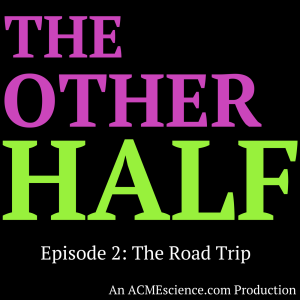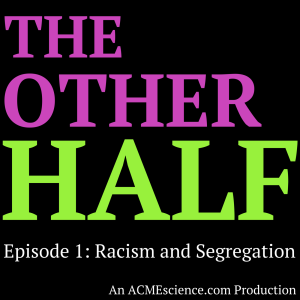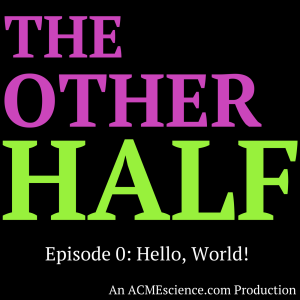In The Road Trip, Anna and Annie look into the math that undergirds the great American summertime tradition of rolling down the windows, turning up the stereo, and touring the countryside by automobile.
Randy Olson has made the planning part easy by computing the optimal road trip across the U.S. His work to minimize the miles between landmarks in the lower 48 has been featured in the Washington Post and on Discovery News. In fact, Tracy Staedter of Discovery News can be credited not only with encouraging Olson to tackle this problem, but also with determining the list of landmarks he used. If you have a road trip you’d like to optimize, check out his code here.
And, because cars don’t run on math alone, we also consider the necessity of refueling on the road. In particular, we ask Laura McLay to weigh in on gas station safety, as she computes the conditional probability of blowing yourself up while you’re pumping gas.
Along the way, we consider the role of approximation in math, the field of operations research, and the benefit of quantifying risk. Want to understand some of the math behind getting behind the wheel? Listen to Episode 2: The Road Trip now.
Music from LOWERCASE n.


